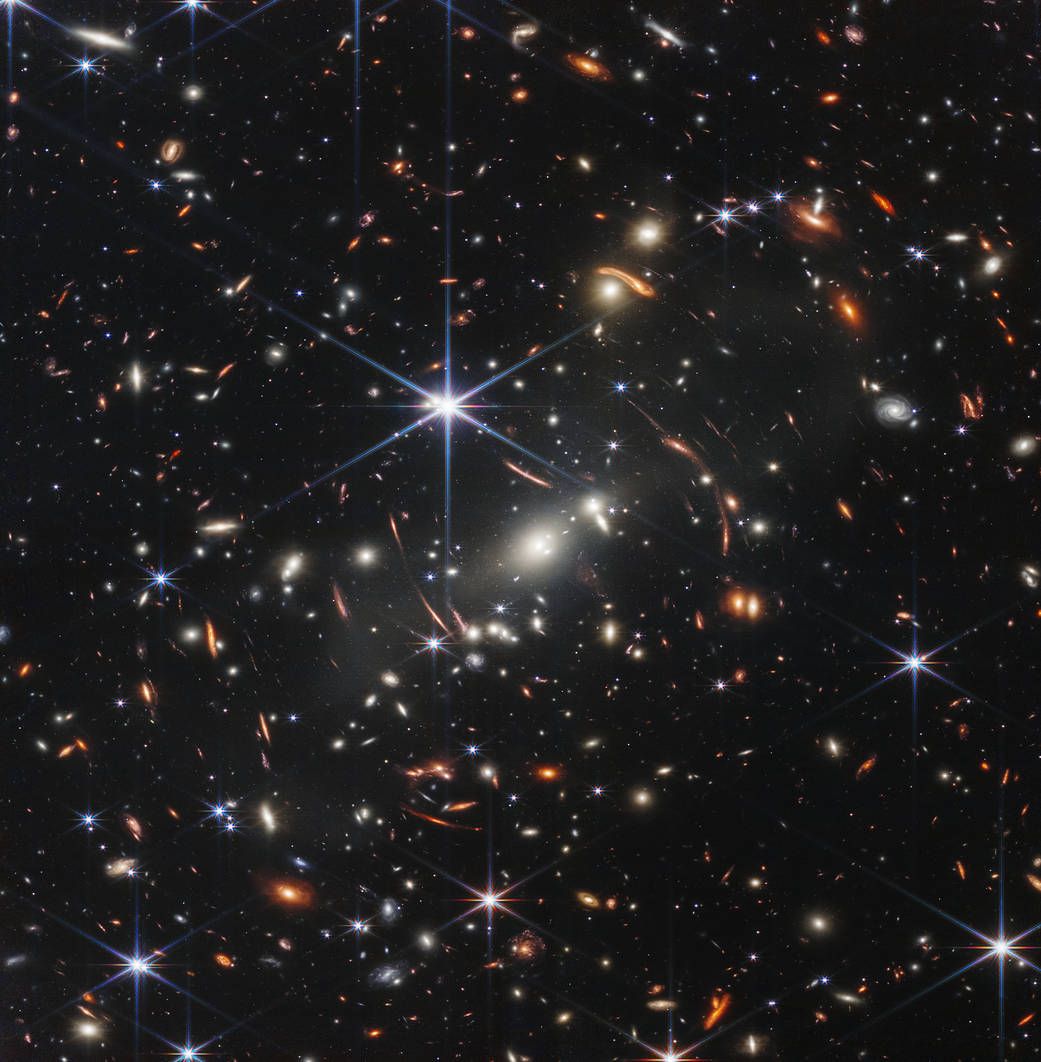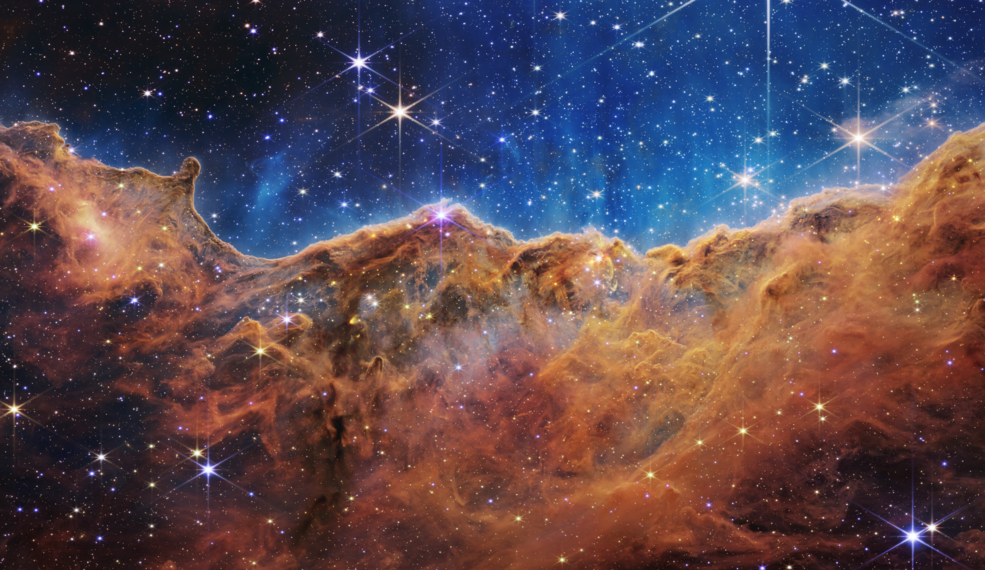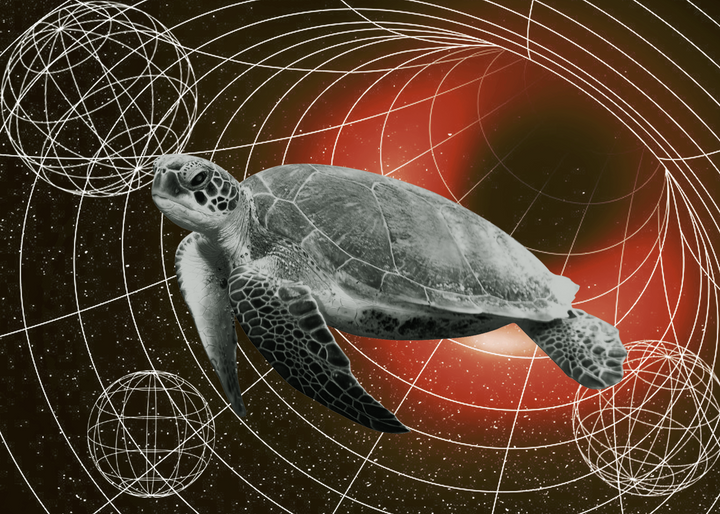Read about the new James Webb Space Telescope, learn about its capabilities and limitations. By Alexander Gavin.
Our Universe is filled with trillions of unique exoplanets beyond our solar system, each with distinct temperatures, masses and composition. Therefore, it is of the utmost importance for us, as humans, to unravel their complexities in order to develop a deeper understanding of how our own solar system formed and why life as we know it was able to flourish on Earth. Perhaps, understanding this can aid us in our search for the seemingly fantastical yet probable notion of extraterrestrial life that may exist beyond the constraints of our solar system.
The James Webb Space Telescope (JWST) is the largest and most complex observatory ever built, and according to NASA, holds the power to study the past 13.5 billion years of cosmic history to transform our view of the Universe as we know it [1]. After 26 years of development, the JWST was launched on 25th December 2021 in French Guiana, and is now safely deployed in its final position in orbit around the sun. NASA received its first images on 12th July 2022, showing the telescope’s powerful capacity and unprecedented sensitivity [1]. Particularly, it is the telescope’s sensitivity to infrared light that will enable studies on exoplanet atmospheric compositions - a key factor in determining whether a planet can facilitate extraterrestrial life.
Prior to its launch, various investigations were carried out on board the JWST to inspect how well its instruments functioned. One such study focused on determining the telescope’s ability to detect hydrocarbon abundances in the atmospheres of planets outside our solar system. Extensive efforts were devoted to find the optimum combination of instruments that provided the most accurate and high quality spectroscopy data (radiation absorption and emission data), with each optimal combination dependent on the target being observed. In order to do this, researchers simulated JWST data and predicted the performance of the instruments from various perspectives, such as brightness limits, the ability to detect and characterise Earth-like planets, as well as accuracy deterioration due to stellar activity.
The four spectroscopy instruments on board JWST are MIRI (mid-infrared instrument), NIRSpec (Near InfraRed Spectrograph), NIRCam (Near InfraRed camera) and NIRISS (Near Infrared Imager and Slitless Spectrograph) and each of them possess impressive resolution and wavelength ranges that greatly surpass their predecessors, such as those found on board the Hubble Space Telescope (HST) [2].

It was found that the JWST could detect and retrieve abundances of hydrocarbon species (molecules made of just hydrogen and carbon) given the volume-mixing ratio (number of moles of gas divided by number of moles of air) was approximately between 10-7 and 10-6 [2]. Positive results from this study were ultimately used to conclude the JWST’s ability to accurately detect hydrocarbons in exoplanet atmospheres [2].
One may question the significance of determining hydrocarbon abundances on these exoplanets. What connection could it possibly have to extraterrestrial life? Interestingly, the presence of hydrocarbon gases such as methane, acetylene and ethylene are important for gas giant formation and have been linked to the existence of life on rocky planets [2]. Therefore, if an accurate and efficient method of quantitatively measuring the abundances of these hydrocarbons on exoplanets exists, then it inches mankind another step closer to elucidating even the slightest chance of extraterrestrial life.
With the first images from the JWST recently arriving, the future holds great hope for the discovery of new stars, planets and galaxies; discoveries that will spur our knowledge of the very Universe we live in and potentially show us that we, as humans, are not alone in the cosmos…
By Alexander Gavin
References
[1] Science.nasa.gov. 2022. Webb Telescope: First Science Images Packet | Science Mission Directorate. [online] Available at: https://science.nasa.gov/astrophysics/first-science-images-packet [Accessed 29 June 2022].
[2] Gasman, D., Min, M. and Chubb, K., 2022. Investigating the detectability of hydrocarbons in exoplanet atmospheres with JWST. [online] Aanda.org. Available at: <https://www.aanda.org/articles/aa/pdf/2022/03/aa41468-21.pdf> [Accessed 29 June 2022].





